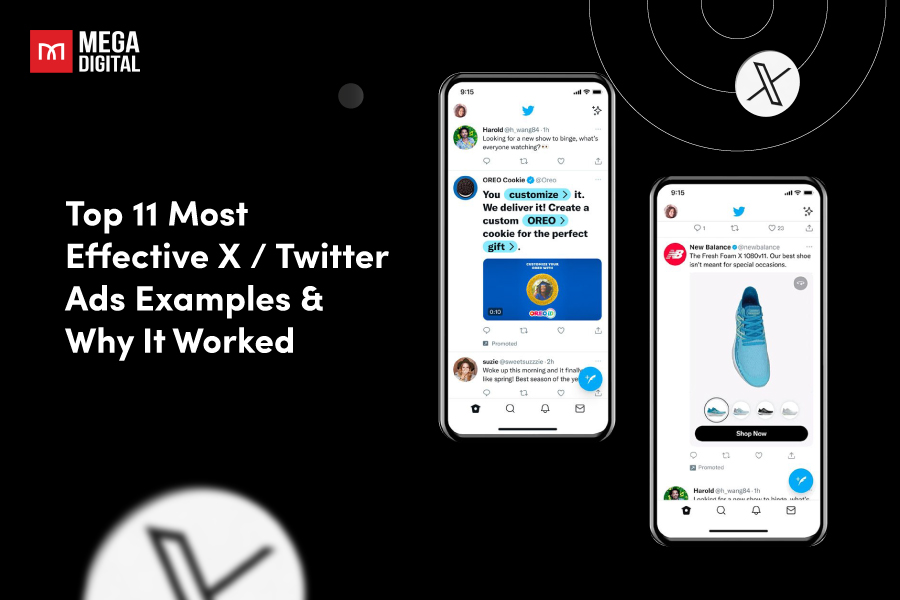Use Google Ads Intelligence to improve your campaigns! Whether you’re a newcomer or eager to delve deeper, this article explores the transformative impact of advanced algorithms and machine learning. Dive into the world of Google Ads Intelligence and supercharge your campaign performance. Read now to gain a competitive edge!
What is Google Ads Intelligence?
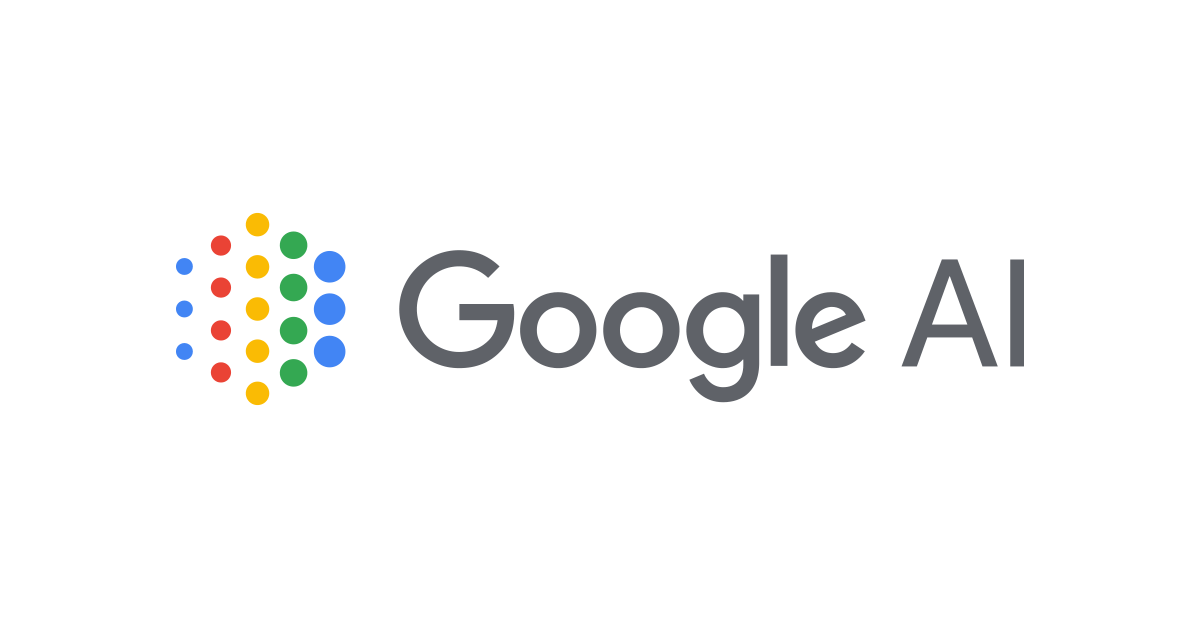
Google has introduced new tools that use artificial intelligence (AI) to make Search ads perform better. These tools use innovative technology to improve targeting, optimize campaigns, and deliver impressive results.
To effectively reach their target audience, businesses must stay updated on evolving search trends and consumer behavior. Google Ads updates empower marketers with valuable tools to optimize their advertising strategies and achieve better campaign results.
Benefits of using Google Ads Intelligence
Using Google Ads Intelligence in your Google Ads campaigns has three key benefits:
- Obtaining valuable insights and data-driven recommendations.
- Discovering new keywords and understanding search trends.
- Gaining competitive analysis and market trend insights.
With these benefits, you can optimize your campaigns, target your ads effectively, and make informed decisions. Here are the details about each of the benefits of using Google Ads Intelligence in your Google Ads campaigns:
Obtain valuable insights

Google Ads’ artificial intelligence provides valuable insights and recommendations based on real-time data. You can access performance metrics, audience demographics, and conversion data to understand your campaign’s effectiveness better.
Discover new keywords and search trends

You can discover new keywords relevant to your business and industry with Google Ads Intelligence. It provides keyword suggestions and search volume data to identify popular search terms and trends. Adding these keywords to your campaigns allows you to reach a wider audience and improve your ad targeting.
Gain market trend insights and competitive analysis
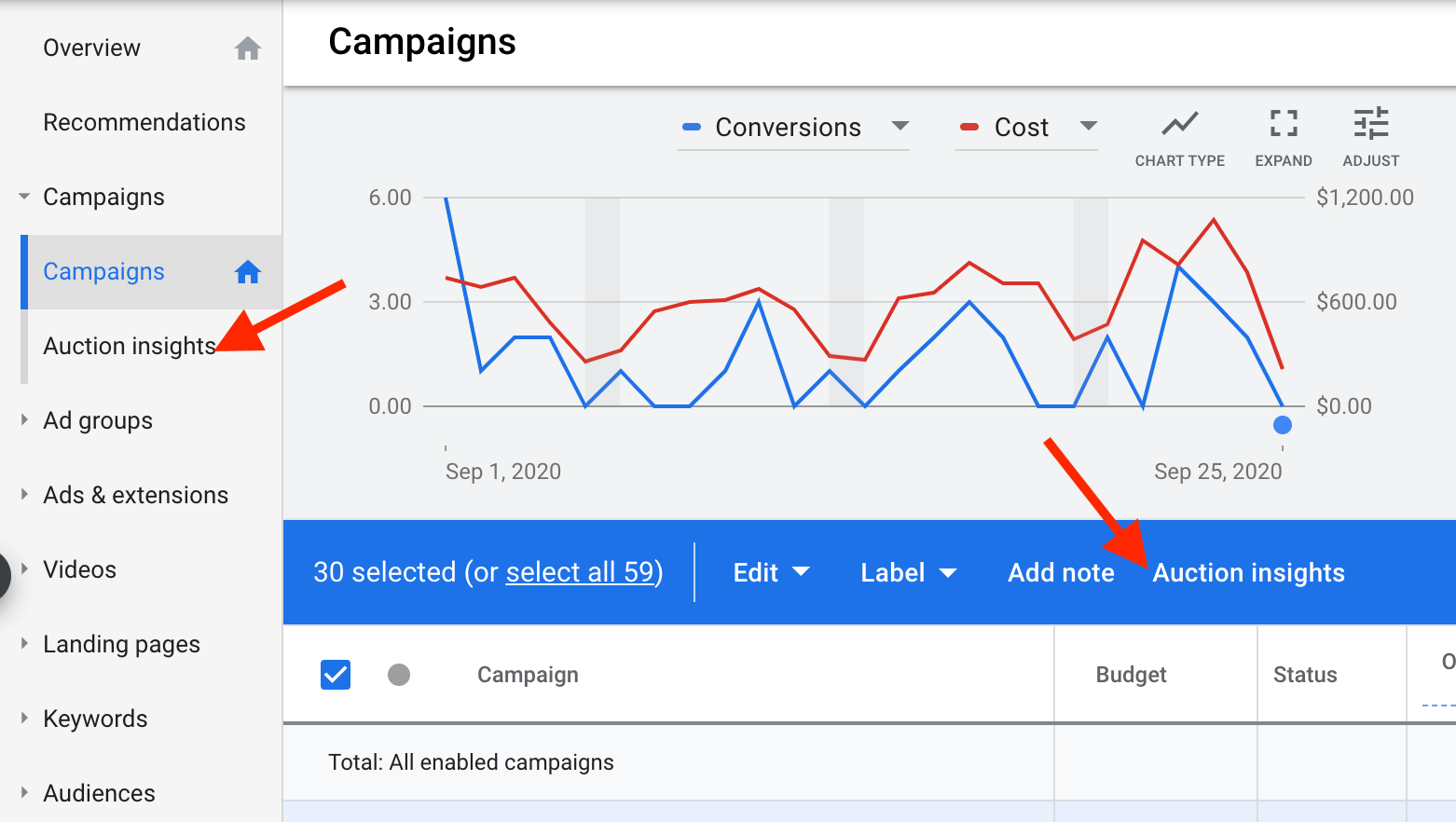
Google Ads Intelligence helps you analyze your competitors’ ads. Discover their keywords, ad copy, and landing pages. Identify areas to improve and stand out. Stay updated on market trends. Adapt your strategies and stay ahead of the competition. Get the best out of your ad performance and achieve better results with Google Ads Intelligence.
How Google Ads Intelligence works
Every time you search for something in Google, artificial intelligence works behind the scenes to generate responses to your query. Next, Mega Digital will provide a few illustrations of the tools Google has introduced and their significance in expanding our customer base and converting more of them into paying customers.
Automated bidding strategies
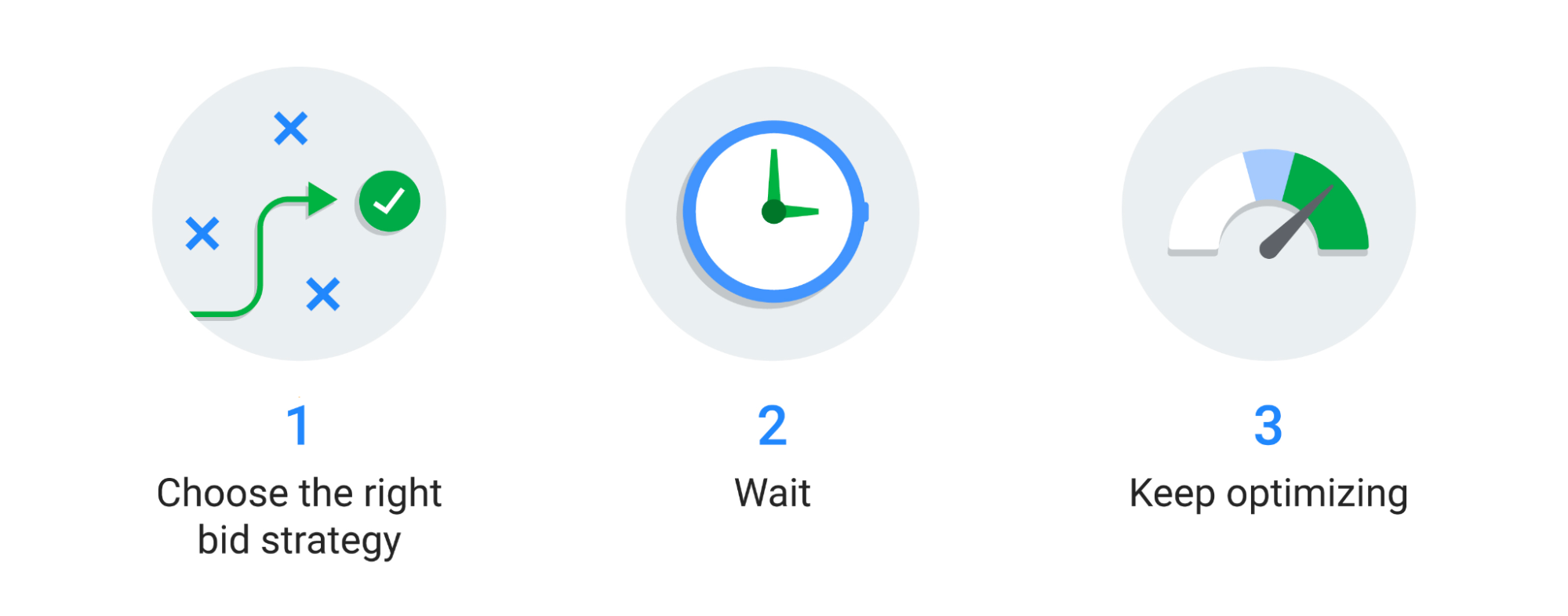
Google’s automated bidding strategies use machine learning, algorithms, and geographic targeting to find the best bid for conversions. Strategies like Target CPA, Target ROAS, Maximize Conversions, and Enhanced CPC optimize results.
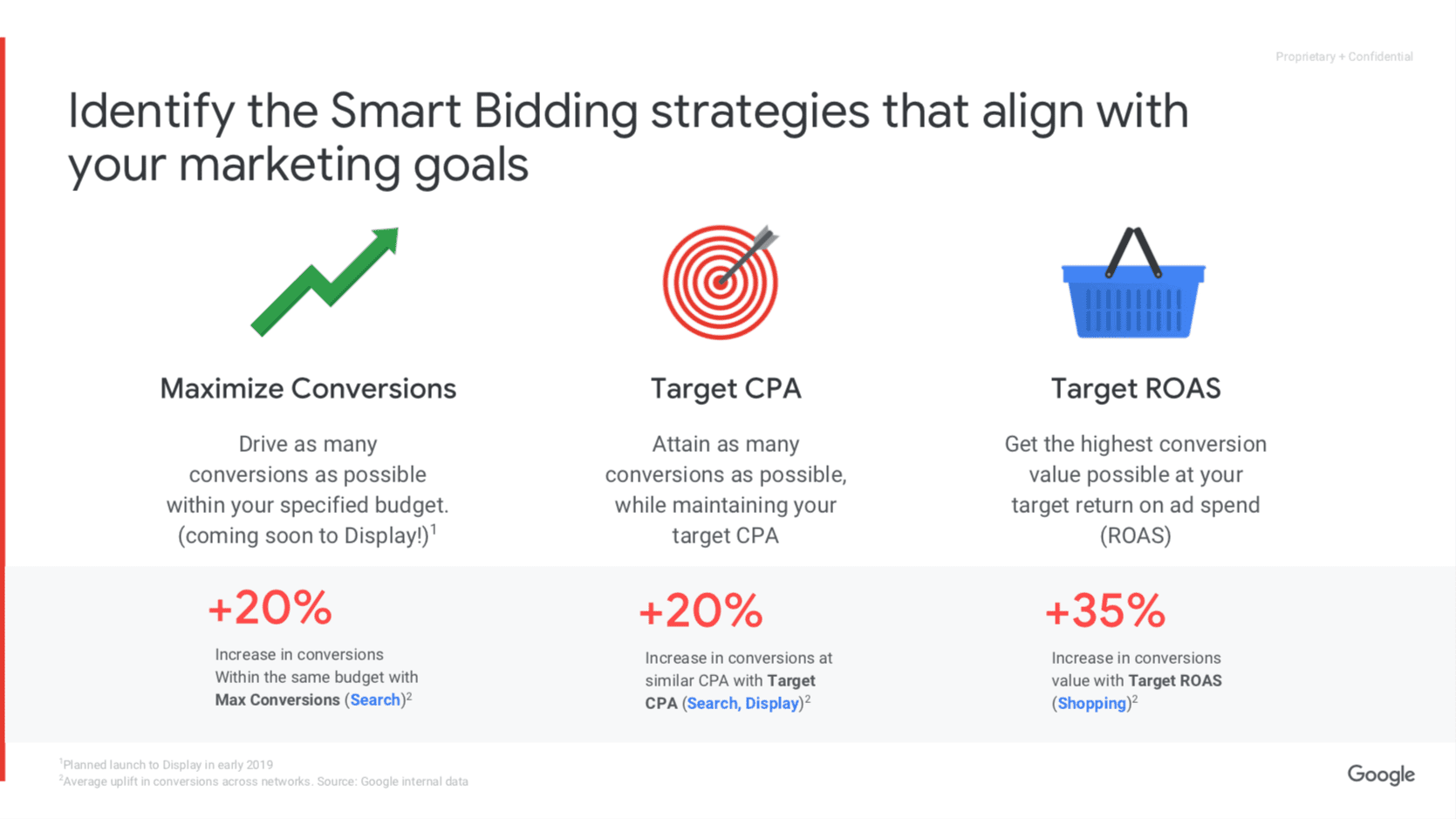
AI-driven bidding surpasses human capabilities in processing and analyzing large data sets. However, AI-based bidding may only sometimes be ideal. Limited data or conversions may require manual bidding. Smaller websites and markets with low search volumes may need help with automated bidding strategies.
Responsive promotional texts

Responsive Search ads automatically adjust and show the best version to users. Google’s AI selects the right ad based on their search. While they personalize ads, they don’t solve all challenges. Optimizing keywords and landing pages is still important. Experts create ad copies for different audiences. Responsive ads drive clicks by delivering customized messages.
AI-based targeting
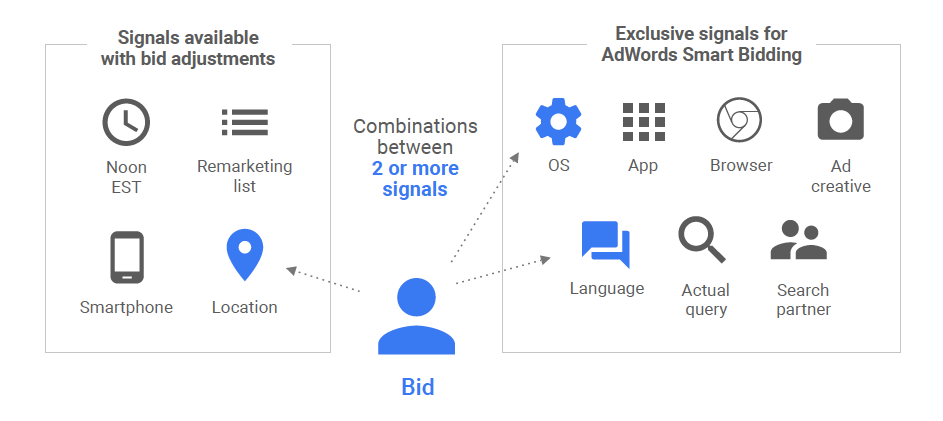
In Display advertising, the challenge is getting good results despite high impressions. Remarketing to warm audiences helps in converting users. With these tools, we optimize Display ads to reach the right people, save costs, and drive conversions. Google Ads AI analyzes data and provides insights and recommendations. Advertisers can use these insights to improve campaigns and get better results.
What can you do with Google Ads Intelligence?
To outshine competitors in an AI-driven world, understand your customers and business well to optimize bidding strategies across channels. AI amplifies your marketing expertise and learns from your input. Improve results by providing AI with essential inputs, explained in the accompanying image.
Use value-based bidding and add conversion values

It’s essential to provide specific information about your customers and business. This helps AI succeed and improve your bid strategy across different advertising channels. The critical inputs include conversion values, which help AI understand the importance of different types of conversions and prioritize them in bidding.
You can also use value-based bidding strategies that focus on the value of conversions rather than just the number of conversions. Regularly updating this information and adjusting values based on factors like location and device can further optimize your advertising performance.
Provide audience signals
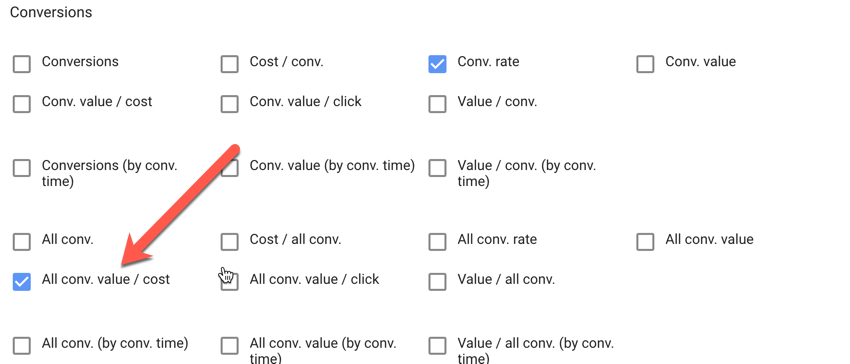
Google’s AI can uncover new audiences that drive conversions, including those you may not have considered. However, with AI, you don’t have to choose between reaching a broad audience and achieving a good ROI.
With Google’s AI, you can expand your reach to find more valuable customers while maintaining relevance and ROI. You can help AI learn faster and deliver better results by sharing your unique insights about your customers. It’s best to provide data about previous purchasers and use custom segments to provide information on the search keywords, websites, and apps your customers typically interact with.
In Performance Max campaigns, you can share this information using audience signals. It’s essential to add these audience suggestions during campaign setup or early in the campaign’s life. Audience signals continue to inform the campaign throughout its life, especially as you update your customer lists, so remember to keep your data up to date.
>>> Read more: What is Google Ads ROI: Ways To Calculate and Improve Your ROI
AI-generated ads

Google Ads now offers AI-generated ads, applying machine learning algorithms to enhance ad performance. By analyzing existing ad assets like headlines, descriptions, and images, the AI generates optimized combinations for effective ads. This saves advertisers time and effort.
The AI algorithms analyze performance and user behavior to identify the best combinations, helping advertisers achieve their campaign goals more efficiently. Advertisers can provide feedback and make adjustments to align with their objectives.
Provide a range of high-quality creative assets
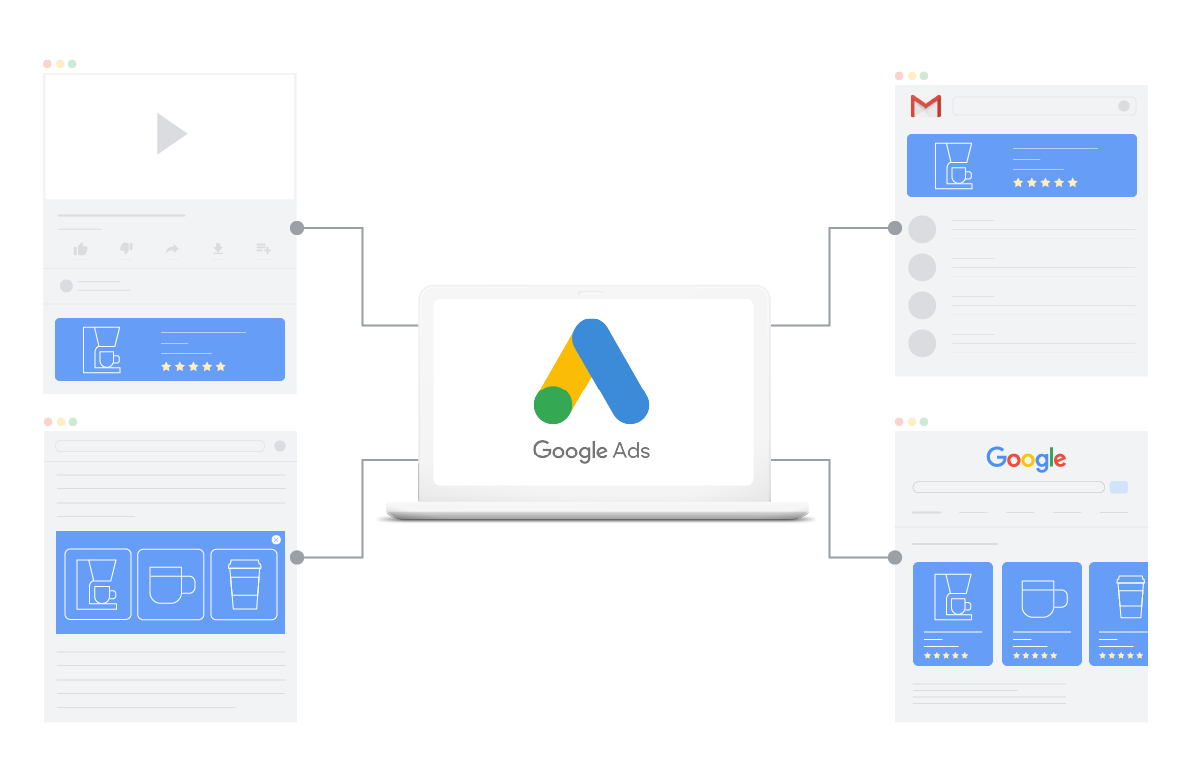
Nowadays, it’s essential to go beyond simple text ads and provide your customers with visual content like images and videos. In Performance Max campaigns, uploading various high-quality assets, including text, images, and videos, is recommended. By providing a wide range of assets, Google’s AI can create different ad formats and display your ads on more platforms. The AI will analyze and combine these assets to deliver personalized ads that are more likely to convert.
To assess the quality of your assets, you can check the ad strength and asset performance ratings. However, removing assets is only necessary if you have reached the maximum upload limits, as even lower-rated assets can still perform well in certain situations. For more detailed guidance, you can refer to our creative best practices.
>>> Read more: Complete Guide to Performance Max Assets: Specs & Best Practices
Switch to data-driven attribution
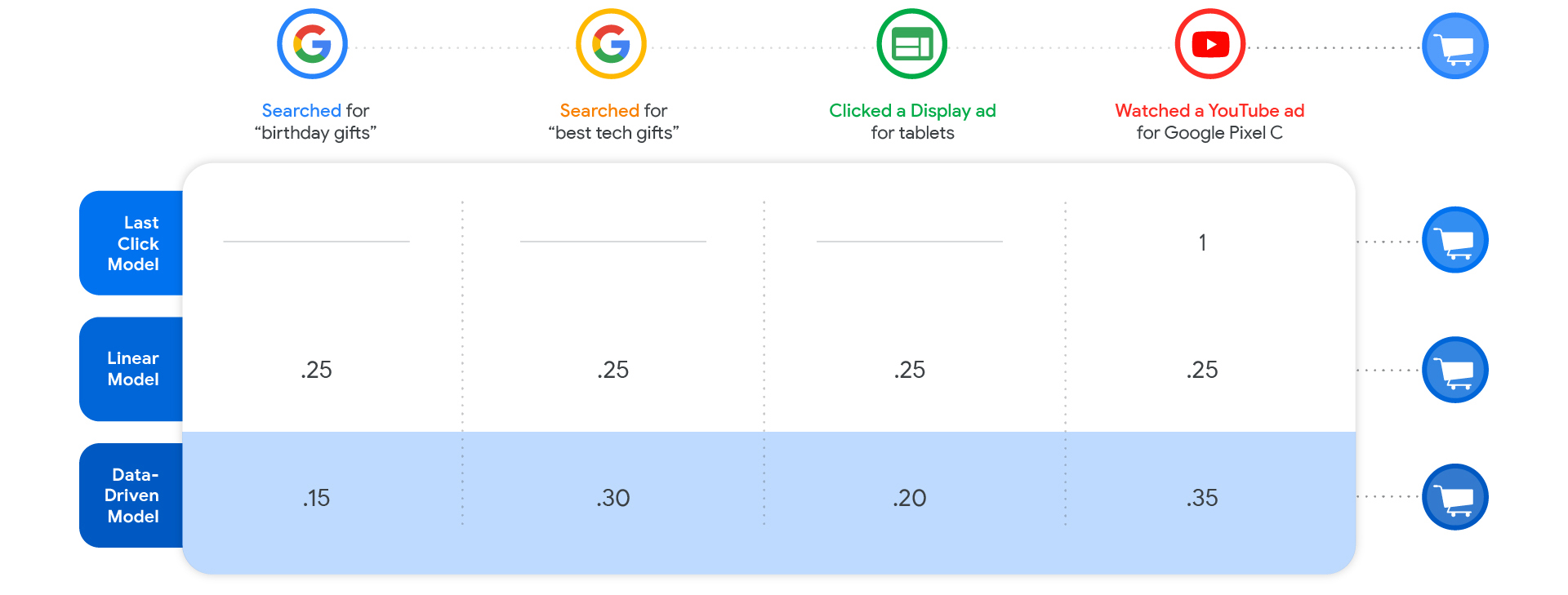
Improve your bidding decisions across different channels by using data-driven attribution. Traditional models give all the credit for conversions to the last ad customers interacted with. However, data-driven attribution makes cross-channel bidding more precise by focusing on the channels that significantly drive conversions. This allows you to allocate credit more accurately and make informed bidding decisions across multiple channels.
New Customer Acquisition

To attract new customers, prioritize aligning your campaigns with your overall business goals rather than focusing on specific channels. In a Performance Max campaign, you can organize and bid for new customers using the New Customer Value mode or solely focus on acquiring new customers with the New Customer Only mode.
Calculate the value of customer acquisition based on the additional revenue from their first purchase and lifetime value. By combining value-based bidding with the New Customer Value mode, you can optimize your bid strategy for optimal results.
Best practices for using Google Ads Intelligence
Here are some best practices for using Google Ads Intelligence effectively:
Regular data analysis and optimization
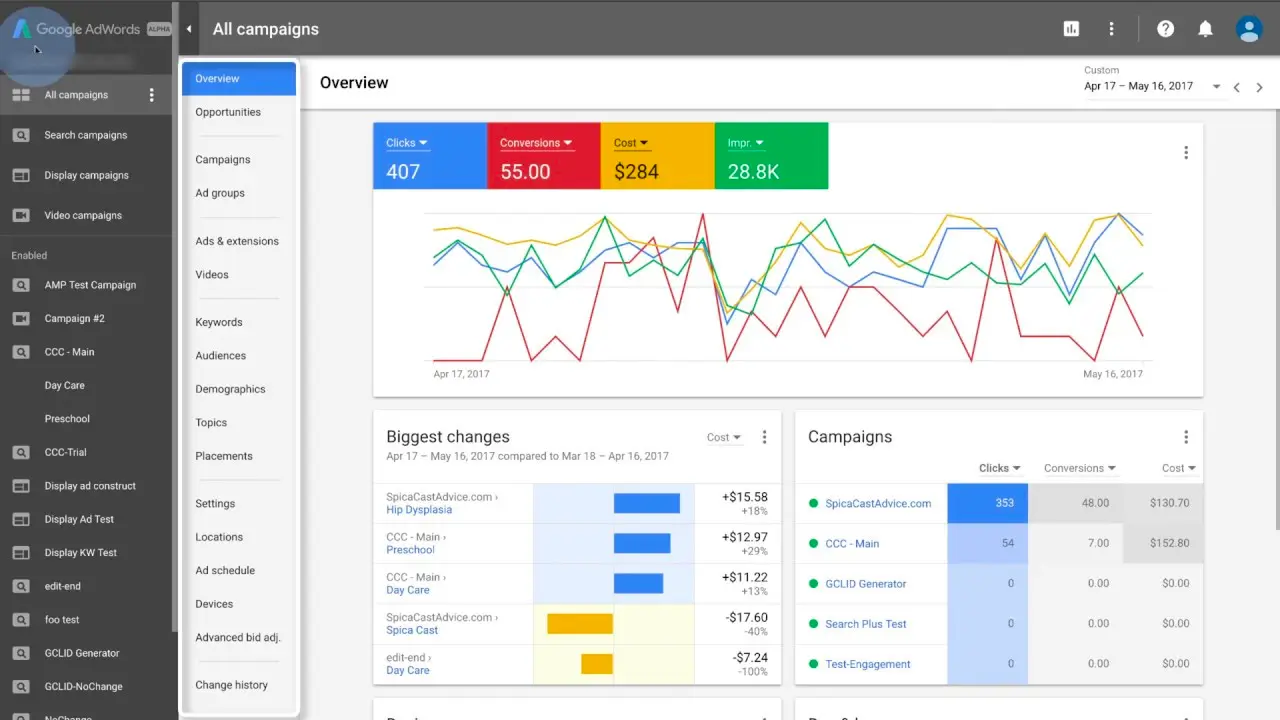
Regularly analyze the data from Google Ads Intelligence to uncover insights about your campaigns. Look for trends, patterns, and performance metrics such as click-through rates, conversion rates, and cost per conversion. Use this information to identify areas for improvement and optimize your campaigns accordingly. Make adjustments to your targeting, keywords, ad copy, and bidding strategies based on the data to enhance your results.
Experimentation and A/B testing
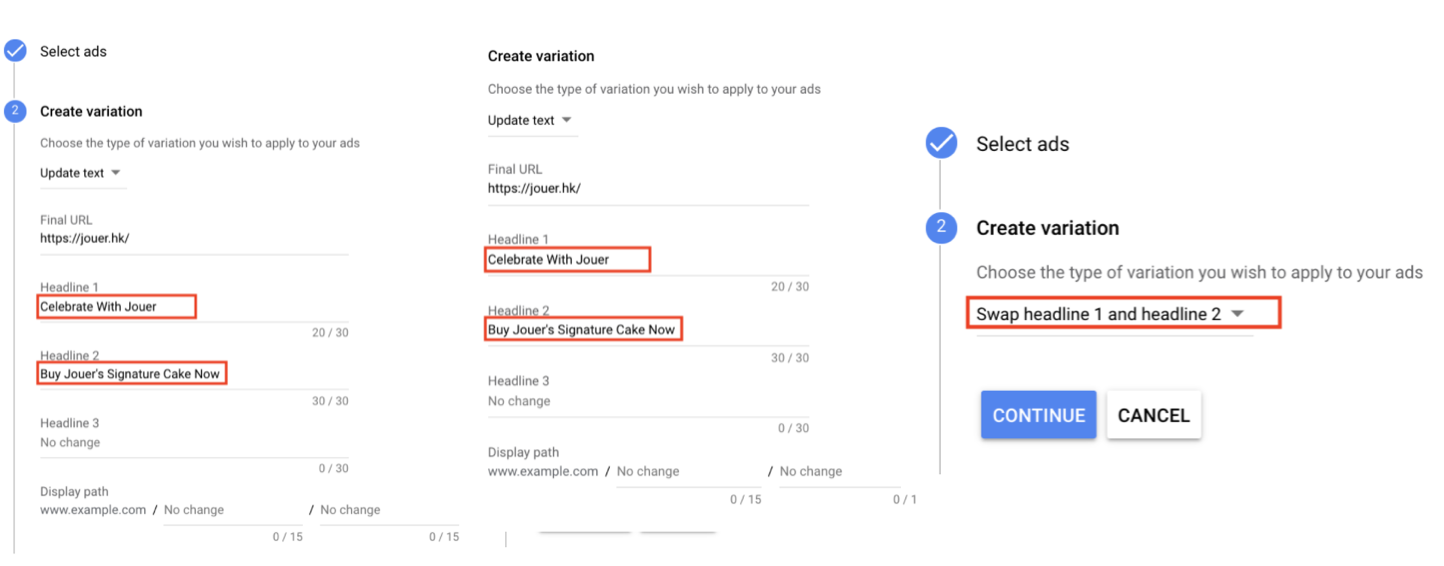
Google Ads Intelligence allows you to experiment and conduct A/B tests within your campaigns. Take advantage of this feature to test elements such as ad headlines, descriptions, images, landing pages, and call-to-action buttons. Split your audience into different segments and serve them variations of your ads. Monitor the performance of each variation and use the insights to determine which elements drive better results. By continuously experimenting and testing, you can refine your campaigns and optimize them for higher performance.
Monitoring and measuring key metrics

Track and measure the key metrics that accurately align with your campaign goals. Set up conversion tracking to track actions such as purchases, sign-ups, or form submissions. Use Google Analytics or other tracking tools to monitor user behavior on your website. Measure essential Google Ads metrics such as click-through rates, conversion rates, average order value, and return on ad spend. By closely monitoring these metrics, you can understand the effectiveness of your campaigns and improve performance.
Staying up to date with features and updates

Google constantly introduces new features and updates to enhance the capabilities of Google Ads Intelligence. Stay informed by subscribing to Google’s official blogs, attending webinars, and exploring the Google Ads Help Center.
Take advantage of resources such as case studies, best practices guides, and community forums to gain insights from other advertisers. By applying these best practices to your Google Ads campaigns, you can use Google Ads Intelligence to optimize your advertising efforts.
Final words
Google Ads Intelligence uses smart technology to analyze data, provide insights, and offer recommendations to advertisers. It optimizes bidding strategies, improves ad performance, and helps achieve better results.








